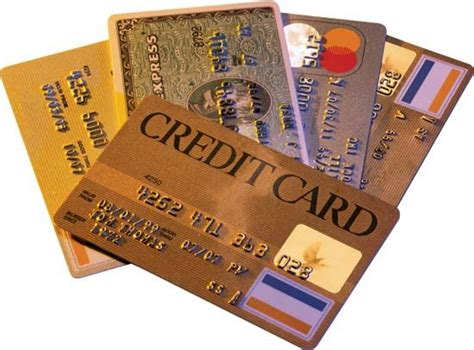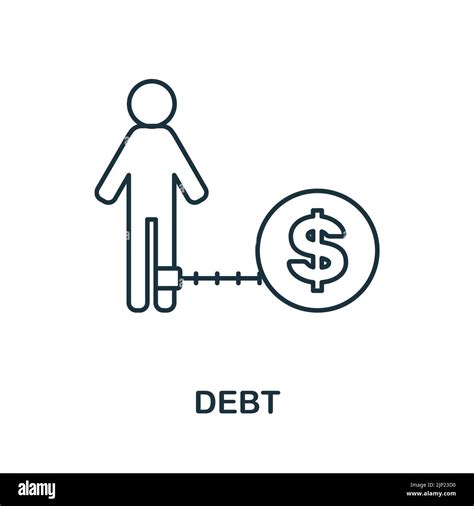The Silent Killer: Understanding High-Interest Credit Card Debt
High-interest credit card debt can feel like a relentless enemy, silently eroding your financial well-being. The compounding interest makes even small purchases grow into significant burdens, trapping many in a cycle of minimum payments that barely touch the principal. But what if there was an actionable plan to not just manage, but truly crush this debt? This article will outline a clear, step-by-step strategy to reclaim your financial freedom.

Step 1: Assess Your Current Situation
Before you can defeat your debt, you need to know exactly what you’re up against. Gather all your credit card statements. List every card, its outstanding balance, the annual percentage rate (APR), and the minimum monthly payment. This comprehensive overview is crucial for understanding the scope of your challenge and identifying the most expensive debts.
Next, create a detailed budget. Track all your income and expenses for at least a month. This will reveal where your money is actually going and pinpoint areas where you can cut back. A clear picture of your cash flow is essential for finding extra money to put towards debt repayment.
Step 2: Choose Your Attack Strategy: Avalanche or Snowball?
There are two primary methods for aggressive debt repayment, each with its own psychological and mathematical advantages:
- Debt Avalanche: This method prioritizes paying off the card with the highest interest rate first, while making minimum payments on all other cards. Once the highest-APR card is paid off, you take the money you were paying on it and add it to the payment of the next highest-APR card. Mathematically, this saves you the most money on interest over time.
- Debt Snowball: With this method, you pay off the card with the smallest balance first, regardless of its interest rate, while making minimum payments on all other cards. The idea is that the quick wins provide psychological momentum, motivating you to continue. Once the smallest debt is gone, you roll that payment into the next smallest debt.
Choose the method that best suits your personality and financial discipline. Consistency is key.

Step 3: Boost Your Repayment Power
To accelerate your debt repayment, you need to free up as much cash as possible. This involves a two-pronged approach:
- Cut Expenses: Review your budget with a critical eye. Can you temporarily pause subscriptions? Cook at home more often? Reduce discretionary spending like dining out, entertainment, or impulse purchases? Every dollar saved is a dollar that can go towards debt.
- Increase Income: Look for ways to bring in extra money. Consider a side hustle, selling unused items around your home, taking on extra shifts, or negotiating a raise. Even a small increase in income can make a significant difference when consistently applied to your debt.

Step 4: Explore Consolidation and Balance Transfer Options
Sometimes, simply attacking the debt isn’t enough; you might need to reduce the interest rate to make progress. Consider these options:
- Balance Transfer Credit Cards: If you have good credit, you might qualify for a balance transfer card with a 0% APR introductory period (typically 12-21 months). This can give you a crucial window to pay down a significant portion of your debt without accruing additional interest. Be mindful of balance transfer fees and ensure you can pay off the transferred balance before the promotional period ends.
- Personal Loans: A debt consolidation loan can combine multiple high-interest debts into one loan with a single, lower interest rate and a fixed monthly payment. This simplifies your payments and can save you money on interest, provided the interest rate is lower than your credit card APRs.
Always compare the total cost, including fees, before making a decision.

Step 5: Stay Disciplined and Celebrate Milestones
Crushing high-interest debt is a marathon, not a sprint. Discipline and motivation are key. Automate your payments whenever possible to ensure you never miss a due date. Avoid taking on new debt while you’re paying off old debt; cut up your credit cards if necessary, or put them away in a safe place. As you pay off each card or reach significant milestones (e.g., reducing your total balance by 25%), acknowledge your progress. Celebrate these small victories to stay motivated for the long haul.

Conclusion: Your Path to Financial Freedom
High-interest credit card debt can feel overwhelming, but it is not insurmountable. By committing to an action plan – assessing your situation, choosing a repayment strategy, boosting your income and cutting expenses, and exploring consolidation options – you can systematically dismantle your debt. It requires discipline, sacrifice, and a clear vision of a debt-free future, but the peace of mind and financial stability that come with crushing high-interest debt are priceless rewards. Start today, and take the first step towards reclaiming your financial life.




